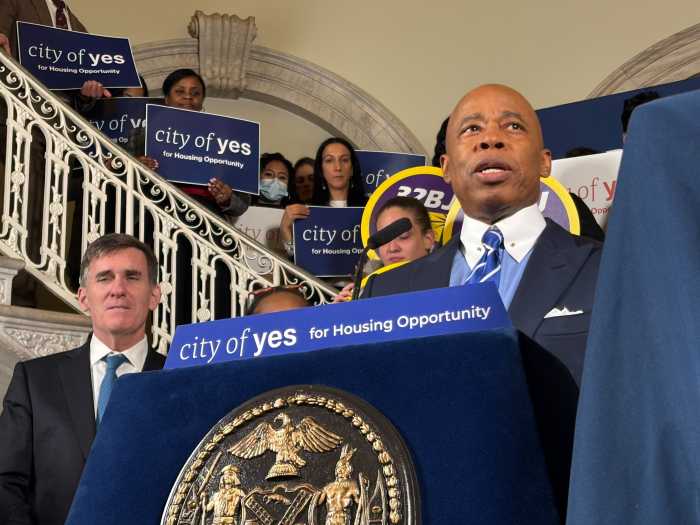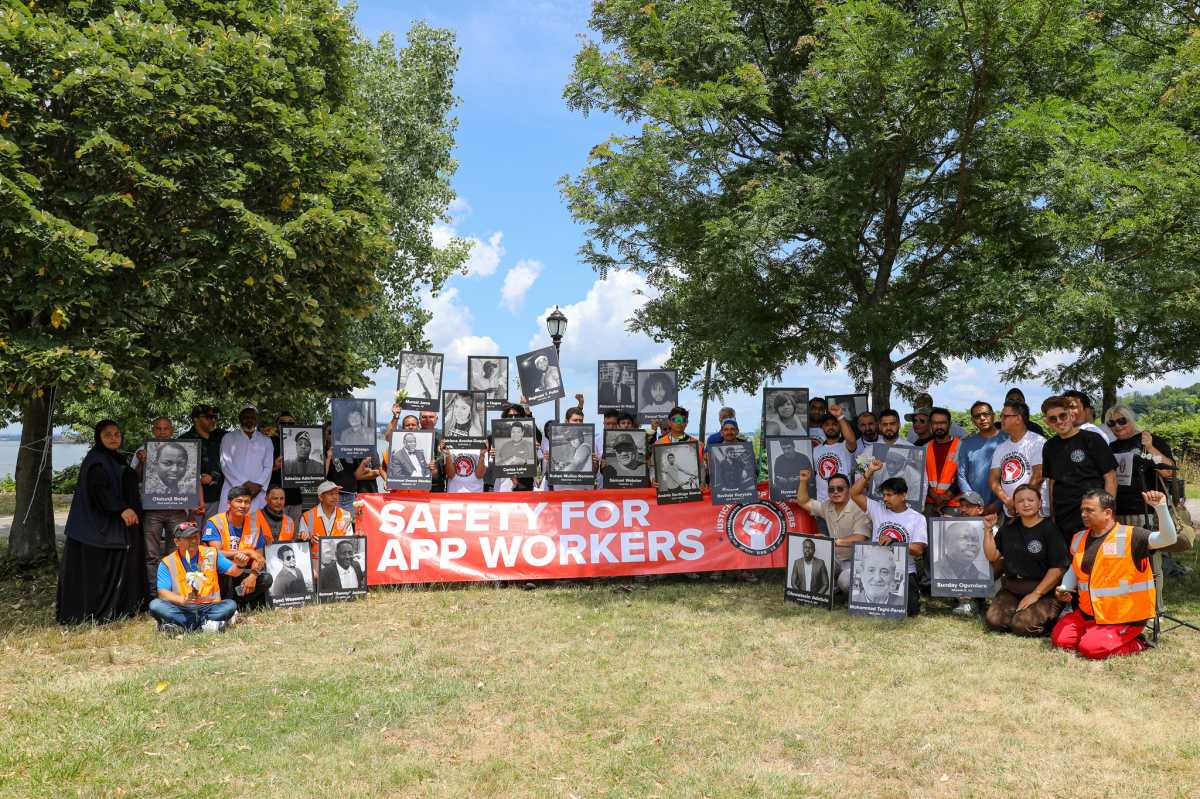New York City is about to enter a scorching hot and muggy couple of months that will test Con Edison’s ability to keep everyone cool.
The utilities giant that powers the city is expecting a record-breaking peak demand of 13,675 megawatts, breaking the record of 13,322 set last July 19.
Con Edison said the extra juice will be needed because of the city’s increased population and residential development; the prominence of electronic devices, and the growth of the hospitality, health and retail industries.
Critics of Con Edison, which also serves Westchester, say they will be watching to see how the power provider reacts to malfunctions that can make city residents truly feel the heat.
“It’s concerning given the fact that if something bad happens, it is usually a devastating and hurtful outage more than just a nuisance,” said state Sen. Michael Gianaris, who represents western Queens. Part of his district, including Astoria, suffered through a blackout in 2006 that lasted more than a week.
The Farmer’s Almanac is predicting the summer in the city will be “hotter and rainier than normal.”
On June 18, New Yorkers got a taste of what happens when there is a problem with the power, when a dip in voltage on a particularly hot day briefly knocked out the subway’s signal system during the rush. Every train in the system stopped running for several minutes, causing a backup.
Con Edison said the heat or a strain on the grid was not a culprit and that the outage was due to an equipment problem that caused power transmission cables to shut down.
But Con Edison said it’s been getting ready for the surge in power use by spending $1.3 billion, an amount on par with what the utility has shelled out to get ready each summer since 2005.
“When one summer ends, we begin preparing for the next,” said Con Ed spokesman Allan Drury.
The preparation includes repairing and replacing power supply equipment. Con Ed also looks at how much demand each piece of equipment must handle, based on two years of data and the number of new businesses.
“We use technology to help analyze what equipment is most at risk and needs to be replaced or upgraded,” Drury said in an email. “We take into account the age of the equipment, its performance history, the demands that are placed on it, and other factors to decide which upgrades to prioritize.”
Jim Shillitto, vice president of the Utility Workers Union of America Local 1-2, which represents 7,800 Con Edison workers, said that the size of the utility company’s workforce is a concern, though overtime and contractors are used.
“We feel that staffing levels are at the lowest they’ve ever been,” Shillitto said. “That’s an investment they’ll get the most return on.”
But if something does go wrong, elected officials want Con Edison to communicate better, as power outages during Superstorm Sandy and the Queens blackout are still fresh for those affected.
“People have that in their minds,” said state Sen. José Peralta, who represents Corona.
“You talk a good game, but are you living up to what you’re saying? I think that’s the question that people ask themselves when they think about Con Ed.”





























